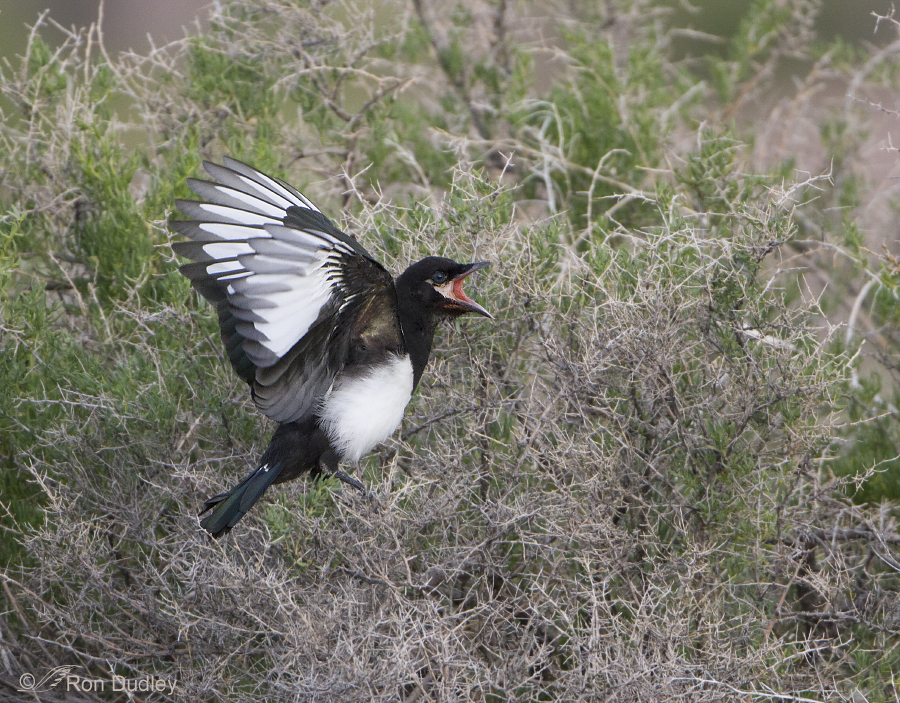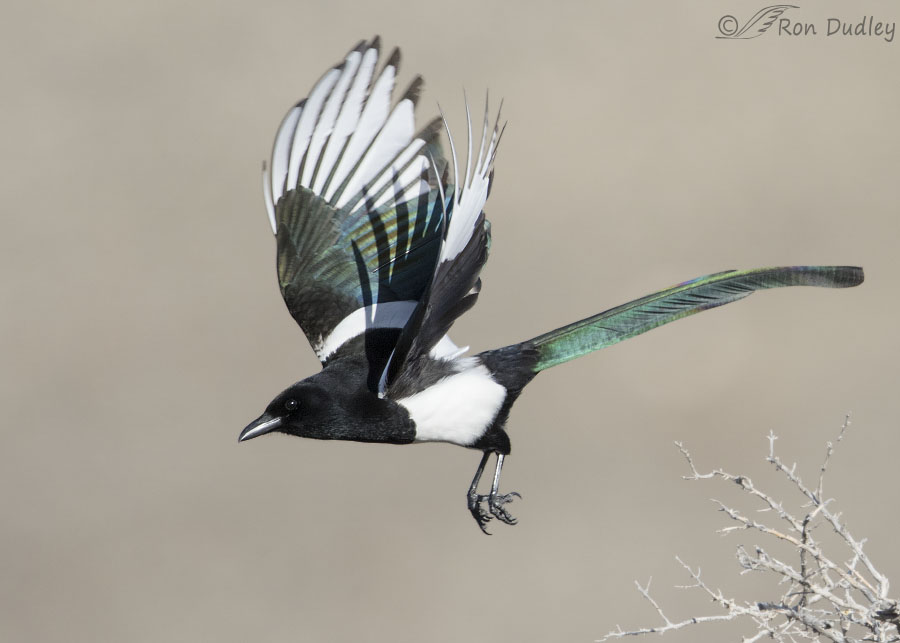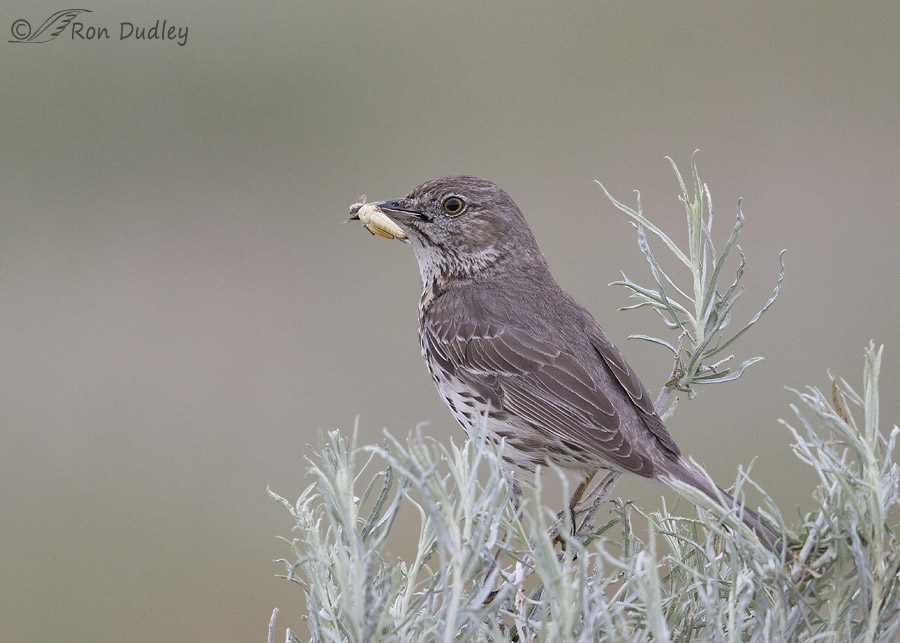Tag: clutch
Sage Thrashers – A Hungry Chick And A Dutiful Parent
Black-billed Magpie Fledglings

I’ve been watching a Black-billed Magpie nest in a greasewood bush on Antelope Island all spring but the adults are very spooky and always fly off as I approach (the nest is very near a road and I stay in my vehicle on the road). But I’ve been looking forward to seeing the fledglings and I finally got a good look at all five of them last week.
Gray Partridges In Glacier County, Montana
Gray Partridges are very elusive. In all the years I’ve been returning to Montana I’ve never been able to get acceptable images of them until this last trip. Since most folks in North America never get an opportunity to see this species I thought I’d post a few shots of them. Hunters and locals routinely call these birds Hungarian Partridges, or “Huns” for short. Growing up, that’s the only name I knew them by. 1/1250, f/6.3, ISO 500, 500 f/4, 1.4 tc It’s difficult to catch one of these birds standing still. Usually, whenever you’re anywhere near them, they’re running for cover… 1/1600, f/6.3, ISO 500, 500 f/4, 1.4 tc as this bird is. And believe me, they run fast! Anyone who has ever unexpectedly flushed a group of these birds has had an experience they won’t soon forget. The squawking noise they make, combined with the racket from their buzz-saw wings as they erupt in front of you, can be extremely startling – an experience I’ve had many times. Gets the heart pounding, that’s for sure. 1/2000, f/6.3, ISO 500, 500 f/4, 1.4 tc This is a juvenile. I’ve cropped this image a little more than I like to but I preferred this pose over other shots of juvies I got. This partridge has a short lifespan, high mortality rate and high reproductive capability. Females produce among the largest single hen clutches of any bird species (up to 20 eggs). And reproductively, this year must have been highly successful for them…
Chukars of Antelope Island
The Chukar, also known as the Chukar Partridge, is a species first introduced into North America from India in 1893. Since then they have flourished, particularly in the Great Basin of the American west where the largely feed on the seeds and leaves of cheat grass. Antelope Island in the Great Salt Lake provides perfect habitat for them and they abound there. Chukar calling In the springtime there are times when the hillsides sound like the island has been overrun by domestic chickens from the calling of the Chukars. Preening on a rock perch Chukars are very prone to perch on rocks – especially in the spring. While there they call to other birds and preen. Sentinel birds of a flock also prefer elevated perches while on lookout, which of course is ideal for the bird photographer. Parent with chicks And here’s one of the reasons there’s so many Chukars on Antelope Island – the breed prodigiously. Clutch size can be up to 21 eggs! Chukar covey on boulder In late summer and fall Chukars often congregate in large groups. These coveys tend to consist of adults and their offspring but several family groups may mix together. Preparing to jump off the rock Like some other upland game birds, Chukars are often reluctant to fly. They will typically jump down from their perch and scurry through the vegetation to hide. They are very fast runners and easily outrun a human on foot. Rock hopping I’m often tempted to call these birds “rockhoppers” because of their tendency…
Sage Thrashers – A Hungry Chick And A Dutiful Parent
Black-billed Magpie Fledglings

I’ve been watching a Black-billed Magpie nest in a greasewood bush on Antelope Island all spring but the adults are very spooky and always fly off as I approach (the nest is very near a road and I stay in my vehicle on the road). But I’ve been looking forward to seeing the fledglings and I finally got a good look at all five of them last week.
Gray Partridges In Glacier County, Montana
Gray Partridges are very elusive. In all the years I’ve been returning to Montana I’ve never been able to get acceptable images of them until this last trip. Since most folks in North America never get an opportunity to see this species I thought I’d post a few shots of them. Hunters and locals routinely call these birds Hungarian Partridges, or “Huns” for short. Growing up, that’s the only name I knew them by. 1/1250, f/6.3, ISO 500, 500 f/4, 1.4 tc It’s difficult to catch one of these birds standing still. Usually, whenever you’re anywhere near them, they’re running for cover… 1/1600, f/6.3, ISO 500, 500 f/4, 1.4 tc as this bird is. And believe me, they run fast! Anyone who has ever unexpectedly flushed a group of these birds has had an experience they won’t soon forget. The squawking noise they make, combined with the racket from their buzz-saw wings as they erupt in front of you, can be extremely startling – an experience I’ve had many times. Gets the heart pounding, that’s for sure. 1/2000, f/6.3, ISO 500, 500 f/4, 1.4 tc This is a juvenile. I’ve cropped this image a little more than I like to but I preferred this pose over other shots of juvies I got. This partridge has a short lifespan, high mortality rate and high reproductive capability. Females produce among the largest single hen clutches of any bird species (up to 20 eggs). And reproductively, this year must have been highly successful for them…
Chukars of Antelope Island
The Chukar, also known as the Chukar Partridge, is a species first introduced into North America from India in 1893. Since then they have flourished, particularly in the Great Basin of the American west where the largely feed on the seeds and leaves of cheat grass. Antelope Island in the Great Salt Lake provides perfect habitat for them and they abound there. Chukar calling In the springtime there are times when the hillsides sound like the island has been overrun by domestic chickens from the calling of the Chukars. Preening on a rock perch Chukars are very prone to perch on rocks – especially in the spring. While there they call to other birds and preen. Sentinel birds of a flock also prefer elevated perches while on lookout, which of course is ideal for the bird photographer. Parent with chicks And here’s one of the reasons there’s so many Chukars on Antelope Island – the breed prodigiously. Clutch size can be up to 21 eggs! Chukar covey on boulder In late summer and fall Chukars often congregate in large groups. These coveys tend to consist of adults and their offspring but several family groups may mix together. Preparing to jump off the rock Like some other upland game birds, Chukars are often reluctant to fly. They will typically jump down from their perch and scurry through the vegetation to hide. They are very fast runners and easily outrun a human on foot. Rock hopping I’m often tempted to call these birds “rockhoppers” because of their tendency…



